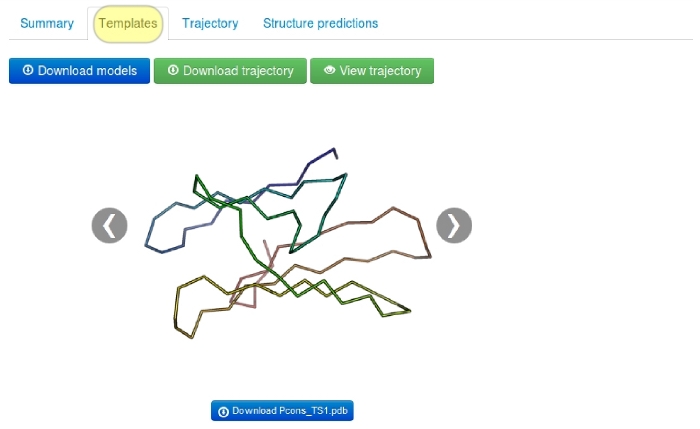
Some of these languages have very powerful methods of matching molecular structures or substructures with query criteria. And certainly programs such as Jmol, PyMOL, VMD, and Chimera all have some sort of native selection language. Alternatives to SMARTS-based molecular querying include Sybyl Line Notation (SLN), which itself is an adaption of SMILES, the relatively underdeveloped Molecular Query Language (MQL), and the XML-based Chemical Subgraphs and Reactions Markup Language (CSRML). In addition, SMILES has been extended in the form of CHUCKLES and CHORTLES (an extension of CHUCKLES), both for biopolymers, and CurlySMILES (an annotated version of SMILES). Developed in the late 1980s, these languages have found wide application, particularly in relation to small primarily organic molecules. The Simplified Molecular-Input Line-Entry System (SMILES) and SMILES Arbitrary Target Specification (SMARTS) have been of tremendous value in the area of cheminformatics. Capabilities in Jmol enabled by Jmol SMILES and Jmol SMARTS include efficient MMFF94 atom typing, conformational identification, SMILES comparisons without canonicalization, identification of stereochemical relationships, quantitative comparison of 3D structures from different sources (including differences in Kekulization), conformational flexible fitting, and atom mapping used to synchronize interactive displays of 2D structures, 3D structures, and spectral correlations, where data are being drawn from multiple sources.

Together they have proven exceptionally capable in extracting valuable information from 3D structural models, as demonstrated in Jmol. Jmol SMILES and Jmol SMARTS add value to standard SMILES and SMARTS. While developed specifically for Jmol, these dialects of SMILES and SMARTS are independent of the Jmol application itself. The result is an expansion of the capabilities of SMILES and SMARTS primarily for use in 3D molecular analysis, allowing a broader range of matching involving any combination of 3D molecular structures, SMILES strings, and SMARTS patterns. Jmol SMARTS similarly adds these same modifications to OpenSMARTS, but also adds a number of additional “primitives” and elements of syntax tuned to matching 3D molecular structures and selecting their atoms. Jmol SMILES is a superset of OpenSMILES, allowing a freer format, including whitespace and comments, the addition of “processing directives” that modify the meaning of certain aspects of SMILES processing such as aromaticity and stereochemistry, a more extensive treatment of stereochemistry, and several minor additions.

The dialects most closely resemble OpenSMILES and OpenSMARTS. The specifications of “Jmol SMILES” and “Jmol SMARTS” are described. Over the past 10 years, from 2007 to 2016, work on Jmol has included the development of dialects of SMILES and SMARTS that incorporate novel aspects that allow new and powerful applications. Jmol is a widely used open-source molecular visualization and analysis tool written in Java and implemented in both Java and JavaScript.

SMILES and SMARTS are two well-defined structure matching languages that have gained wide use in cheminformatics.


 0 kommentar(er)
0 kommentar(er)
